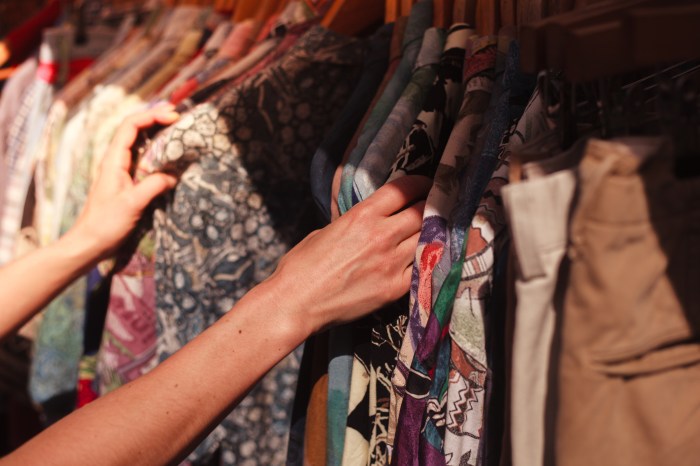
The study of horror is serious business, but it can also be wicked fun.
You don’t need to be an expert in the genre to delve into the new slate of programs launching this week at the Miskatonic Institute of Horror Studies.
Offerings range from a class with painter and performance artist Joe Coleman, an exploration of the work of “Dark Shadows” creator Dan Curtis and the unlikely pairing of comedy and horror with writer David Misch.
“Horror has always been overlooked as a genre,” said Joe Yanick, co-owner of Yellow Veil Pictures and co-director for the institute’s New York City branch. “At the university level, it is not delved into deeply.”
Miskatonic brings together writers, directors, curators and scholars to share their enthusiasm for horror in film, television, books, sound and other forms of media. It hosts regular classes in New York City, London and Los Angeles.
Yanick said this is the third semester in the city and the second housed at the Film Noir Cinema on Meserole Avenue in Brooklyn.
Horror is often mistakenly viewed as “low brow culture,” according to Jacqueline Castel, a writer and director who is also serving as co-director of the NYC’s institute this year.
“We bring together people who help analyze and dig deep into the allegories found in the horror genre,” she said. “A lot of horror deals with political issues. It’s really very serious subject matter being done in fantastical ways and emotional ways.”
Coleman, whose intricate artwork has explored the world of serial killers and historical figures, is also a collector of crime artifacts, sideshow objects, religious items and others in his private “Odditorium” in his Brooklyn home. He will speak with film writer and producer Heather Buckley about the intersection of high and low art through a series of films such as “Alphaville” and “Plan 9 From Outer Space.”
Devotees of 1960s and 1970s television, or anyone who grew up during those years, probably know the work of Curtis, who helped create the groundbreaking “Dark Shadows.” The Gothic soap opera, which aired weekday afternoons, featured the charismatic vampire Barnabas Collins, and was especially popular with teens in the late 1960s.
But he was also behind the original “The Night Stalker” movie, which became a 1970s series (and one of the inspirations for “The X-Files”) with Darren McGavin and the “Trilogy of Terror” TV movie featuring Karen Black that still haunts the dreams of those old enough to have watched it.
“Made for TV movies is another overlooked genre,” said Yanick. “There were a lot of really cool films made.”
Castel said one of the classes, “The Frequency of Fear,” delves into the use of sound as an integral element. Composer Dean Hurley, who worked on the recent “Twin Peaks” series, will lead that discussion.
“There are tones and registers that are inherently uncomfortable for humans to hear,” Castel said. “He will go through the history of that.”
Yanick and Castel said Miskatonic programs have a comfortable, communal feel to foster discussion before and after the classes. There are scholarships and discounts for people who sign up for all the classes.
“A lot of times when you are talking about film, you go to movies and you don’t really engage with other people in the theater,” said Castel. “But there is a real social component here and it fosters creativity. That’s important.”
For more information about classes, visit miskatonicinstitute.com.

















